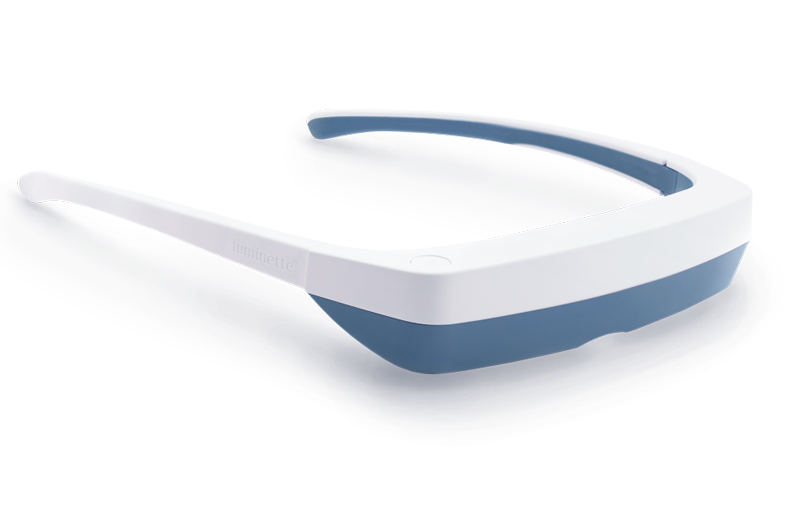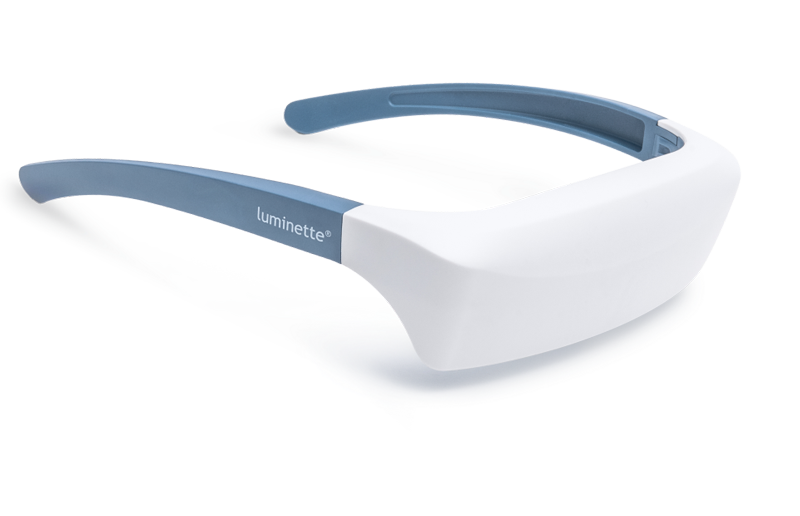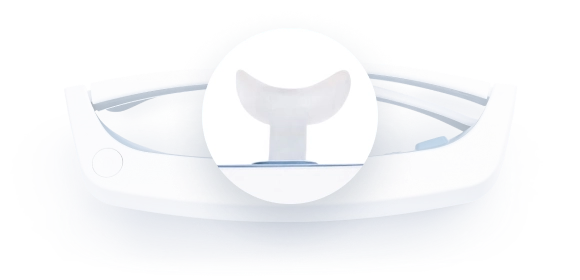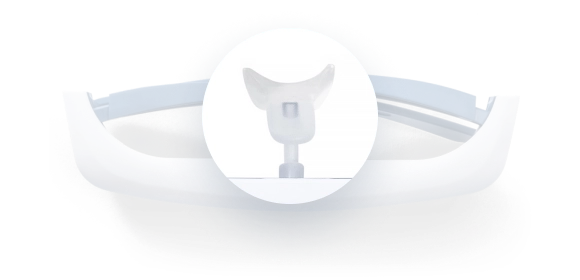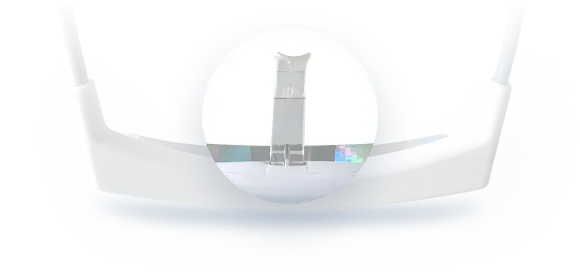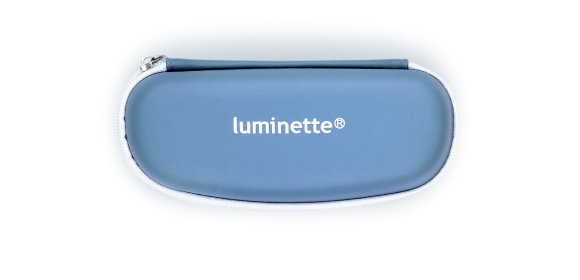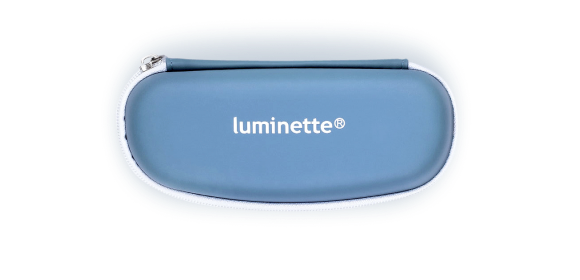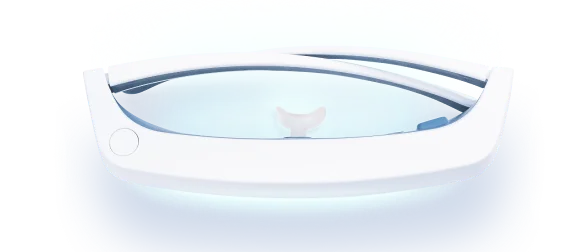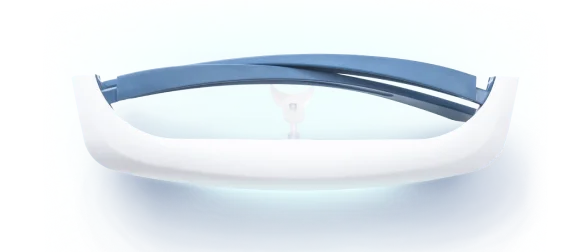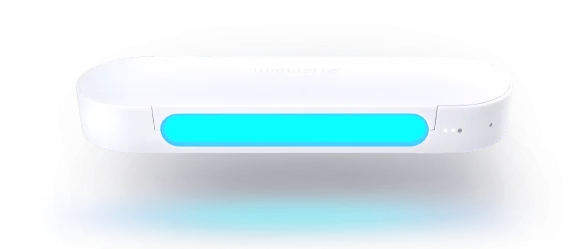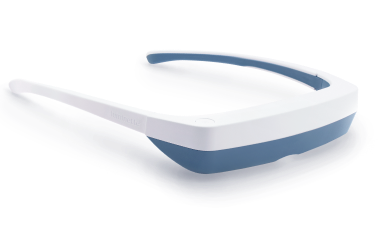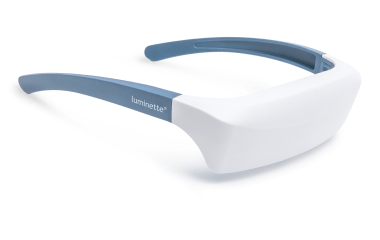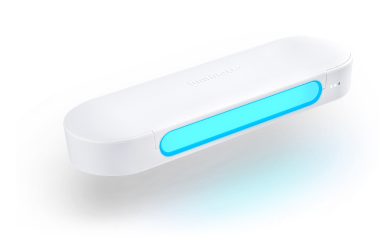LED light is particularly effective in treating dermatological conditions such as acne or rosacea.
Light-based treatment is commonly used for mood-related conditions and sleep concerns, but it also brings advantages for skincare. In the context of skin health, this method is often called “phototherapy,” involving LED exposure. It imitates various natural light tones, excluding harmful UV rays, making it safe for both skin and general wellness.
A Cool Light
Unlike lasers, LEDs emit a cool light whose waves penetrate the skin to boost collagen and elastin synthesis and stimulate fibroblasts, youthful cells.
Each color of LED light penetrates at varying levels and offers different benefits. Red light penetrates the deepest. It has anti-aging effects, reduces scars, enhances hair growth, and increases microcirculation, and thus nutrient delivery. Green light improves skin radiance and diminishes sun-induced pigmentation. Yellow light addresses redness while improving blood and lymphatic circulation. Finally, blue light boasts potent anti-infective properties. It's used to combat bacteria and balance sebum production, especially in cases of acne or oily skin.
The Science Behind LED Light Therapy
LED light therapy works by emitting light at specific wavelengths, which penetrate the skin at different depths. These wavelengths stimulate the skin's natural healing processes, including collagen production and cell regeneration. This makes it a valuable treatment for a variety of dermatological concerns, offering noninvasive solutions for everything from acne and rosacea to signs of aging and skin discoloration. By mimicking the beneficial effects of sunlight without harmful UV rays, LED light therapy provides a safer alternative to traditional sun exposure.
An Effective Acne Treatment
Today, phototherapy sessions are trending towards beauty applications. Many consumers use it to further enhance their skin's appearance. However, it's easy to overlook its potential to address persistent skin conditions like acne.
It's a noninvasive yet effective practice with powerful anti-inflammatory properties that can balance sebum production, tighten pores, and target the bacteria responsible for acne, known as "p-acne." Of course, for these specific concerns, phototherapy sessions should be combined with good skincare hygiene and a healthy diet to yield the best results.
Benefits of LED Light Therapy
LED lights have been available since the 1960s but have only been used in the past few years to treat the skin. Different wavelengths enter the skin at different depths, making this therapy useful to treat a variety of skin conditions, including acne.
Blue light is often used to treat acne. Studies show that blue light can kill the bacteria responsible for acne. It can also ease how much your oil glands make. This stops the hair follicle from becoming clogged and causing acne.
Red light is also typically used in combination with blue light to help ease inflammation and redness.
Aging. Red light stimulates skin cells called fibroblasts. These help make collagen, which are important parts of skin recovery. Some studies have found that red LED light therapy tightens skin, reduces wrinkles and fine lines, and makes skin smoother and softer.
Photodynamic therapy with 5-aminolevulinic acid and LED light also eases fine lines and makes the skin softer.
Wound healing. Red LED light stimulates collagen, which is important for healing wounds. People who have had surgery for skin resurfacing have also had red LED light therapy after the procedure. Studies have found that this form of light therapy lowers redness, swelling, and bruising and speeds up the healing process.
Phototherapy: A Niche for Cosmetic Brands
Several well-known cosmetic brands have ventured into phototherapy devices, creating high-tech beauty accessories. Neutrogena was a pioneer in this realm, developing the first at-home anti-acne mask equipped with blue and red LEDs. Its main purpose is to eliminate acne and promote cellular renewal for skin self-healing.
Foreo, the Swedish brand specializing in beauty tools, has also introduced a device combining thermotherapy, cryotherapy, and light therapy. The device can be controlled via a smartphone app. Its modern design is eye-catching. The red, blue, and green LEDs assist in mattifying, rejuvenating, brightening, hydrating, regenerating, and balancing, depending on the complementary mask used. The brand has recently launched a new range of masks made from top-quality natural ingredients that are cruelty-free. Bulgarian rose, manuka honey, acai, green tea, coconut oil... There's something for all preferences, skin types, and concerns.
However, professionals recommend undergoing phototherapy sessions at medical aesthetic and dermatology clinics. These treatments require the expertise of a specialist, both during and after the sessions. Moreover, consumers might not always have the necessary knowledge to identify their skin's needs and could use LEDs that are not suitable. While they are generally safe, a professional brings the necessary expertise that patients require.
Tips for Using Light Therapy in Skin Treatment

Understand Your Skin's Needs First
Before starting any light therapy regimen, it's important to identify your specific skin concerns. Whether you're dealing with acne, pigmentation, redness, or signs of aging, each condition responds to different wavelengths of LED light. A dermatologist can help you determine which type of light therapy will be most effective.
Choose the Right LED Color
Each color of LED light penetrates the skin at different depths and targets unique concerns:
-
Blue Light: Best for acne, oily skin, and bacterial inflammation.
-
Red Light: Great for anti-aging, improving collagen production, and healing scars.
-
Green Light: Useful for reducing hyperpigmentation and evening skin tone.
-
Yellow Light: Helps with redness, rosacea, and improving blood circulation.
Choosing the correct wavelength ensures optimal results and minimizes the risk of irritation or ineffectiveness.
Be Consistent with Treatment
Light therapy is not a one-time solution. For visible and lasting results, consistency is key. Most devices require multiple sessions per week, usually lasting 10–20 minutes each. Create a regular schedule and stick with it for several weeks to begin noticing improvements.
Follow Up with Proper Skincare
LED light therapy works best when paired with a suitable skincare routine. Cleanse your skin thoroughly before treatment, and apply nourishing, non-irritating products afterward. Hydrating serums, moisturizers, or calming masks can enhance the benefits of the light and help maintain skin balance.
Use Trusted Devices or Seek Professional Treatment
If you're using an at-home light therapy device, make sure it's FDA-cleared or medically approved. Look for models that specify the wavelength and energy output. Alternatively, professional treatments in dermatology clinics often provide stronger, more targeted results under expert supervision.
Conclusion
Light therapy has emerged as a safe, noninvasive, and science-backed solution for a range of skin concerns. From combating acne to rejuvenating aging skin, its benefits are broad and well-documented. However, success with light therapy depends on choosing the right type of light, maintaining consistent use, and complementing it with a proper skincare routine. Whether at home or in a professional setting, when used correctly, light therapy can be a powerful ally in achieving healthier, clearer, and more radiant skin.
FAQ
1. What is light therapy, and how does it work for skin treatment?
Light therapy uses LED lights with different wavelengths to penetrate the skin at various depths. This helps treat a variety of skin conditions, such as acne, aging signs, and wound healing, by stimulating the cells responsible for skin regeneration.
2. Is light therapy effective for treating acne?
Yes, blue light is especially effective for acne treatment. It kills acne-causing bacteria and helps reduce oil production, preventing clogged pores that lead to breakouts.
3. Can light therapy really reduce signs of aging?
Red light stimulates collagen production, which helps reduce wrinkles and fine lines, improves skin texture, and promotes skin regeneration. This can result in firmer, smoother skin.
4. Does light therapy help with wound healing?
Yes, red light can accelerate wound healing by stimulating collagen production. It’s often used post-procedure in skin resurfacing treatments to reduce redness, swelling, and bruising while speeding up recovery.
5. Are there any risks or side effects with light therapy?
Generally, light therapy is safe when used correctly. However, it’s essential to follow the manufacturer’s instructions and avoid overexposure. If you have sensitive skin or specific skin conditions, it’s best to consult a dermatologist before starting light therapy.
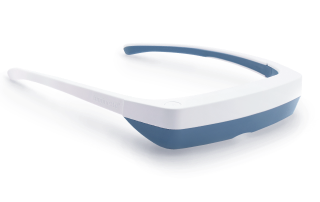
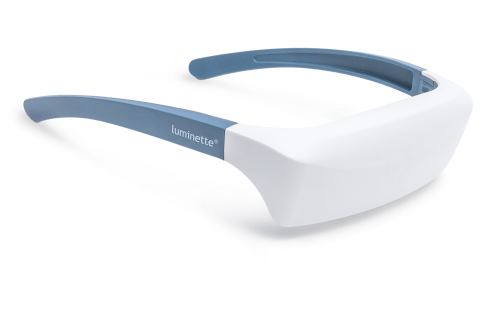
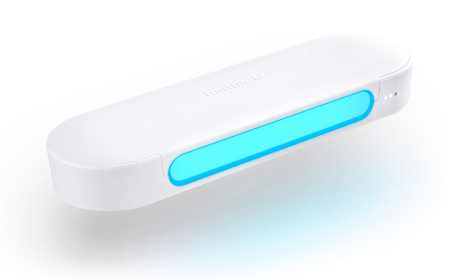
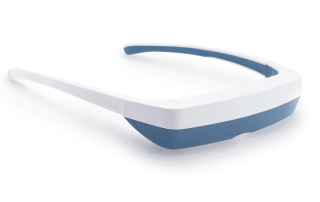
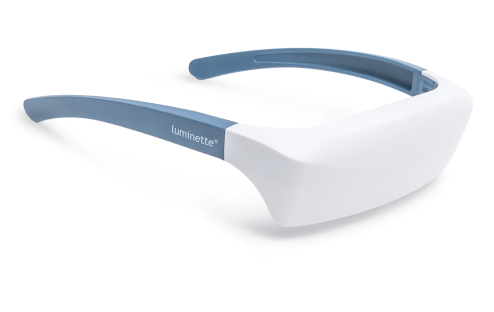
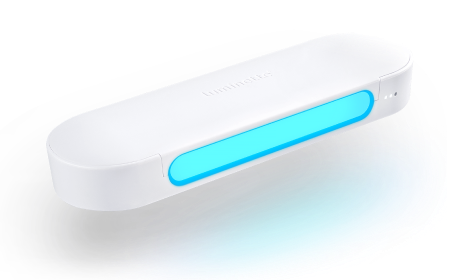
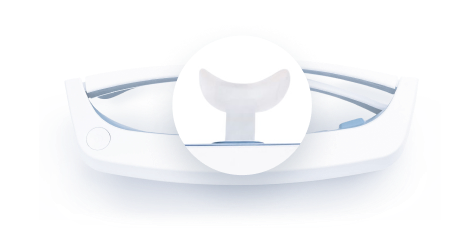
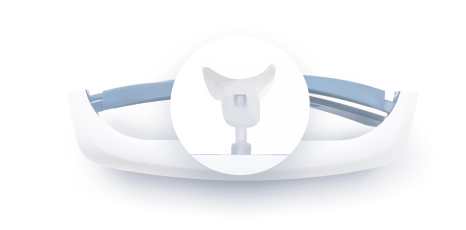
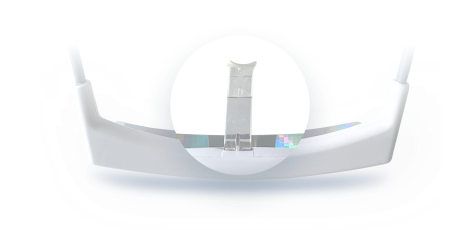
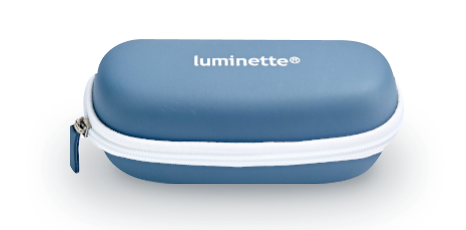
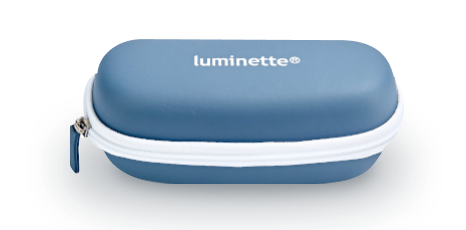
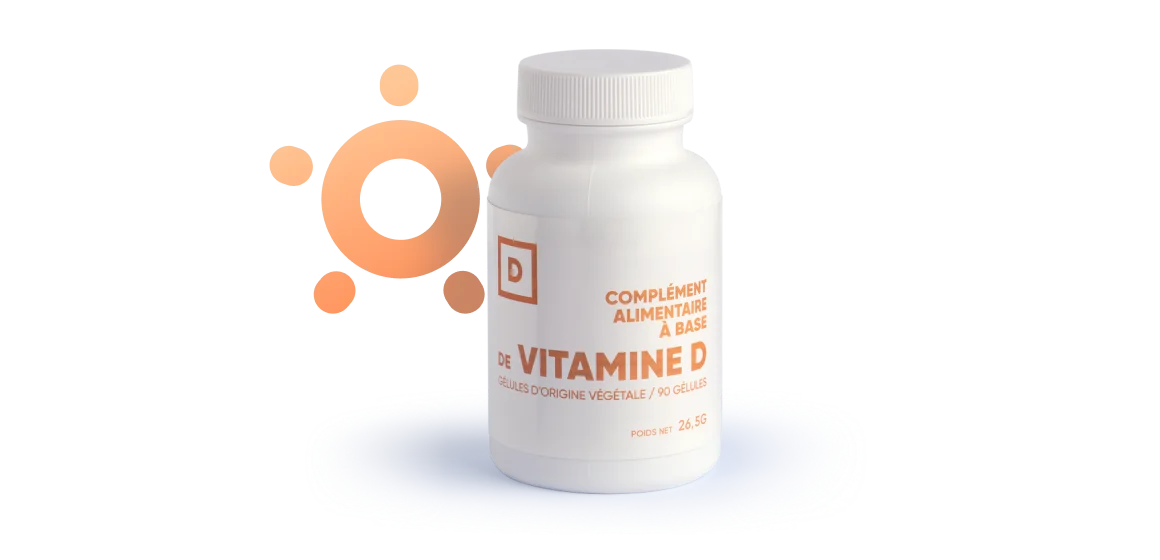



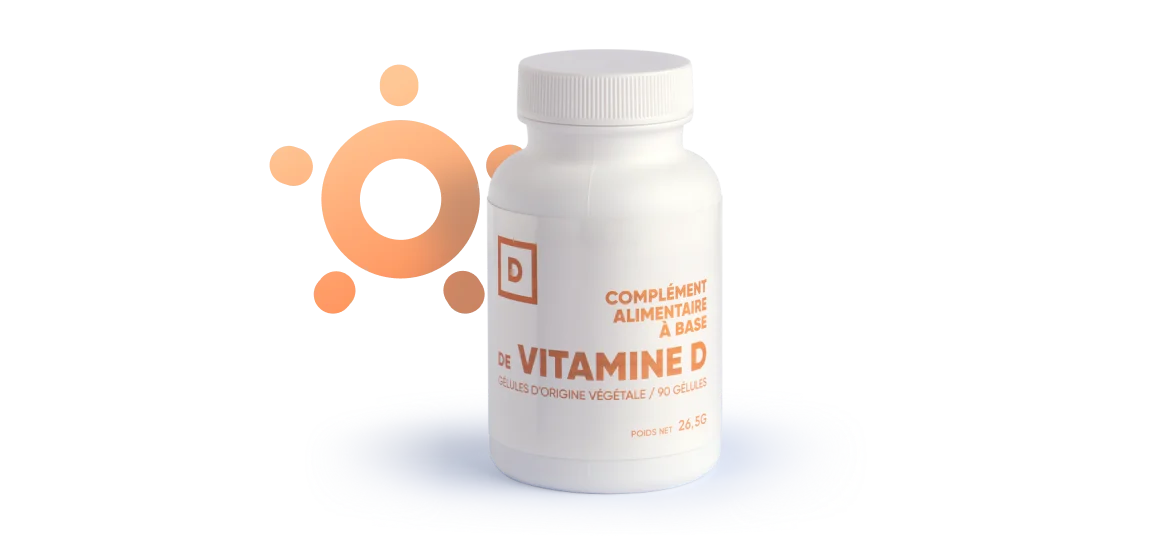
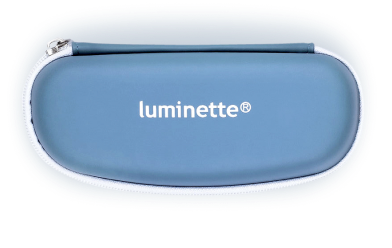
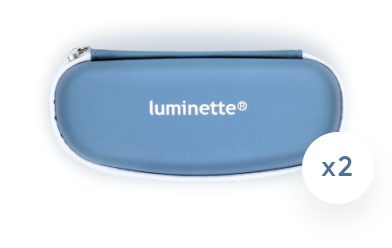
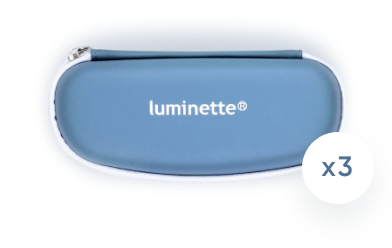
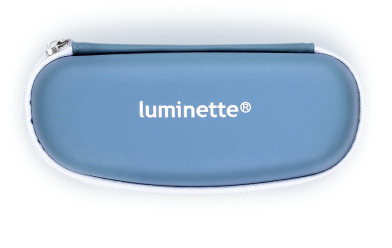
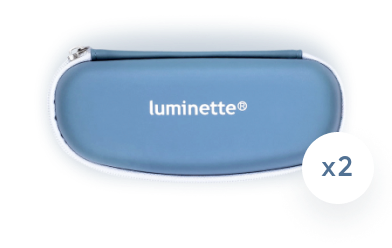
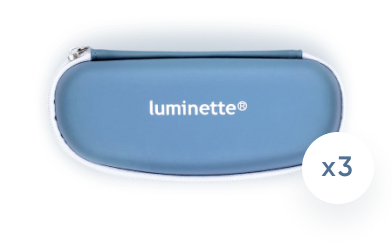
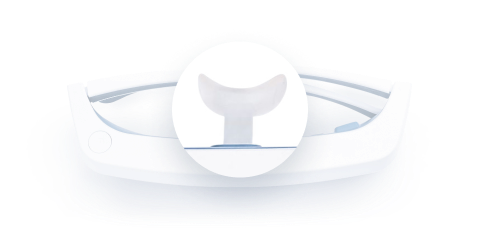
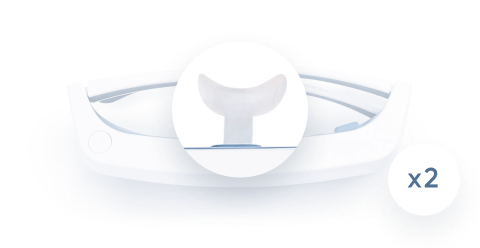
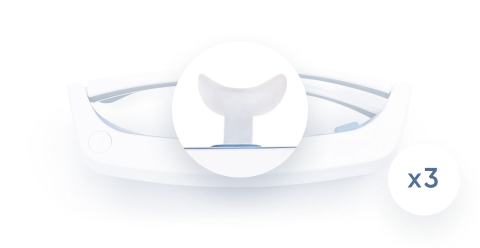
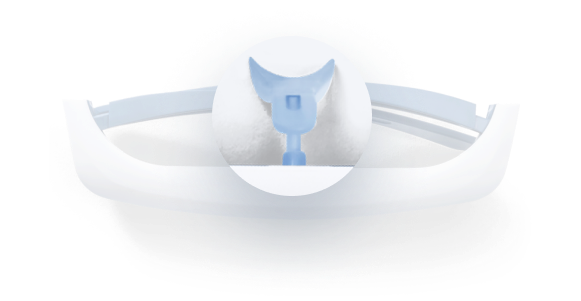
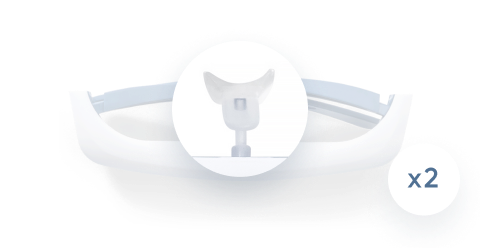
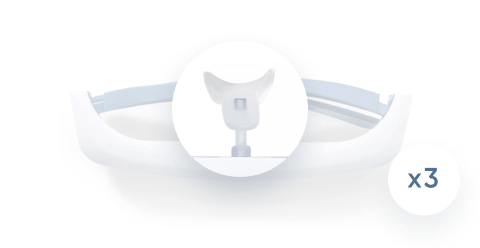
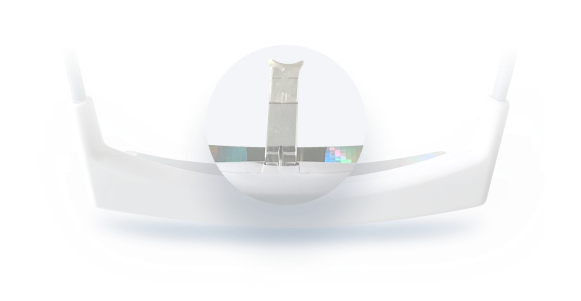
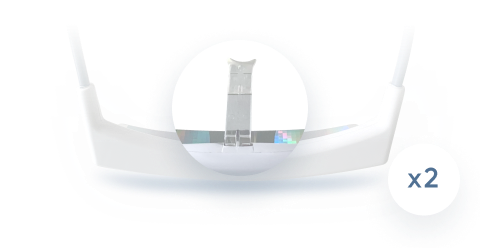
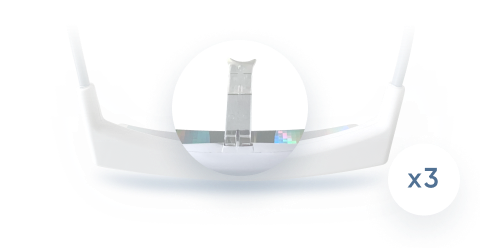
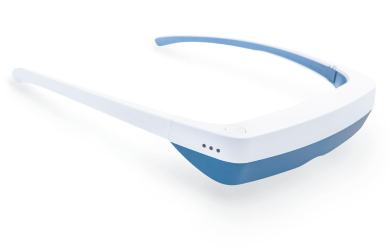

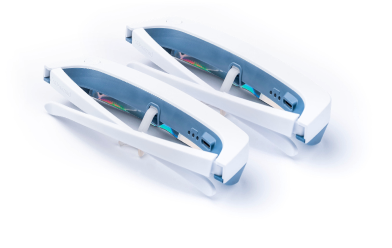
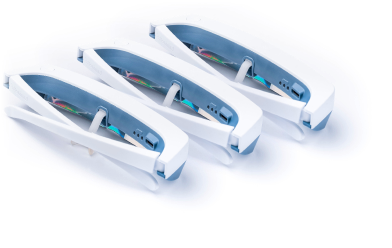
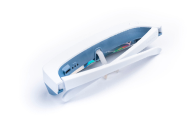
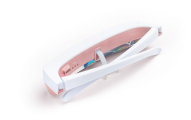
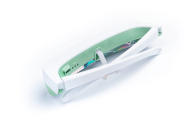
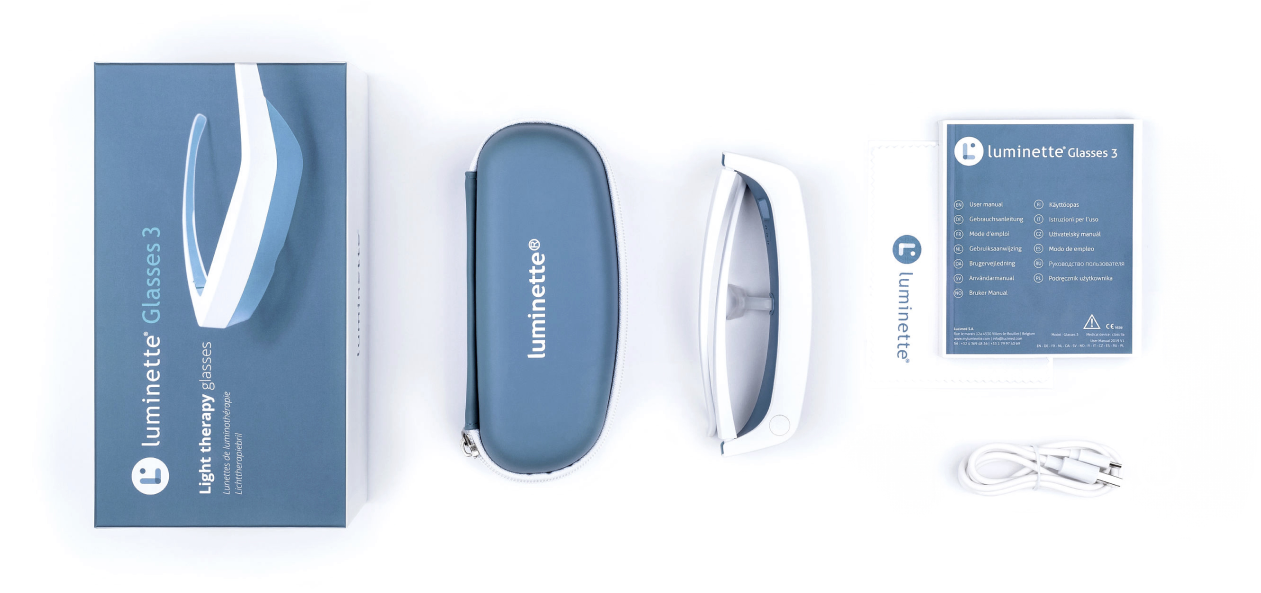
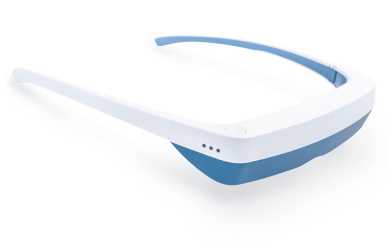
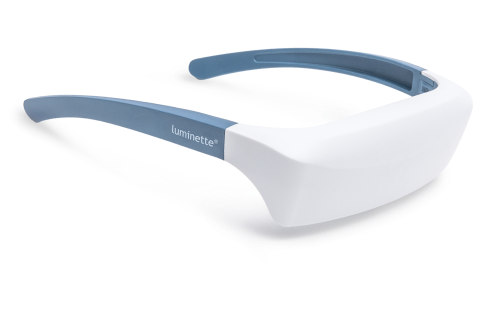
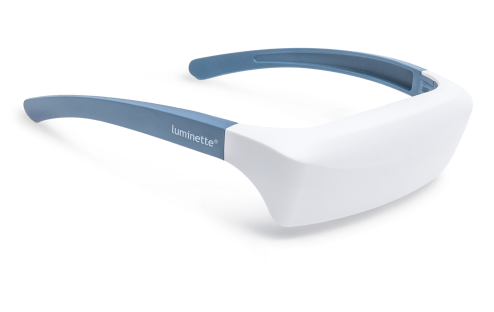
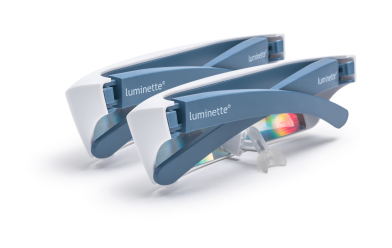
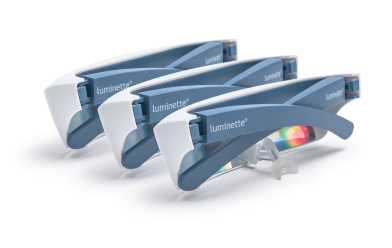
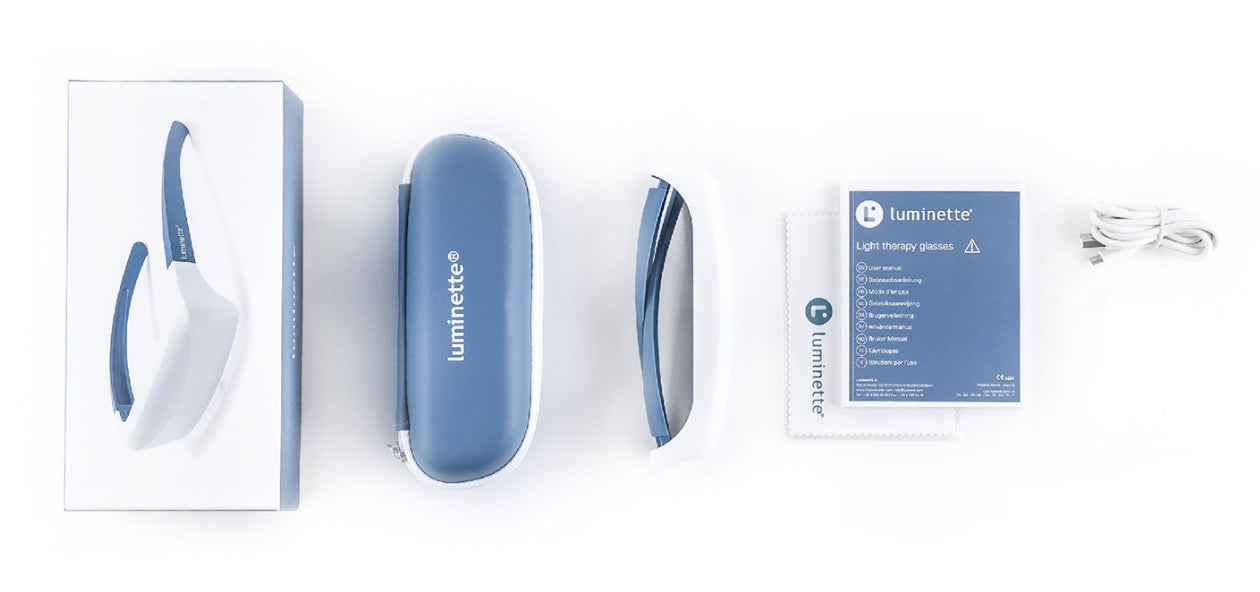
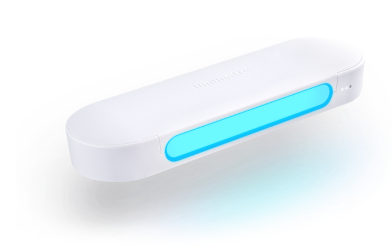
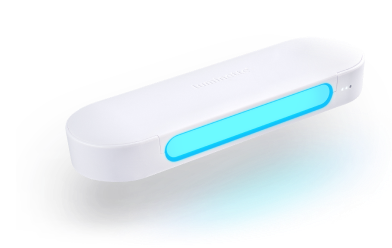
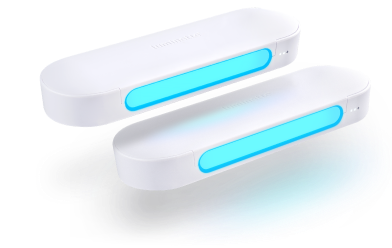
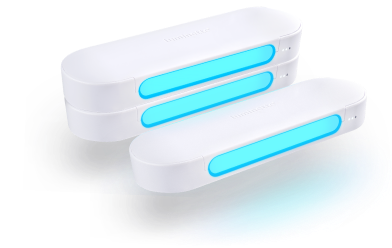
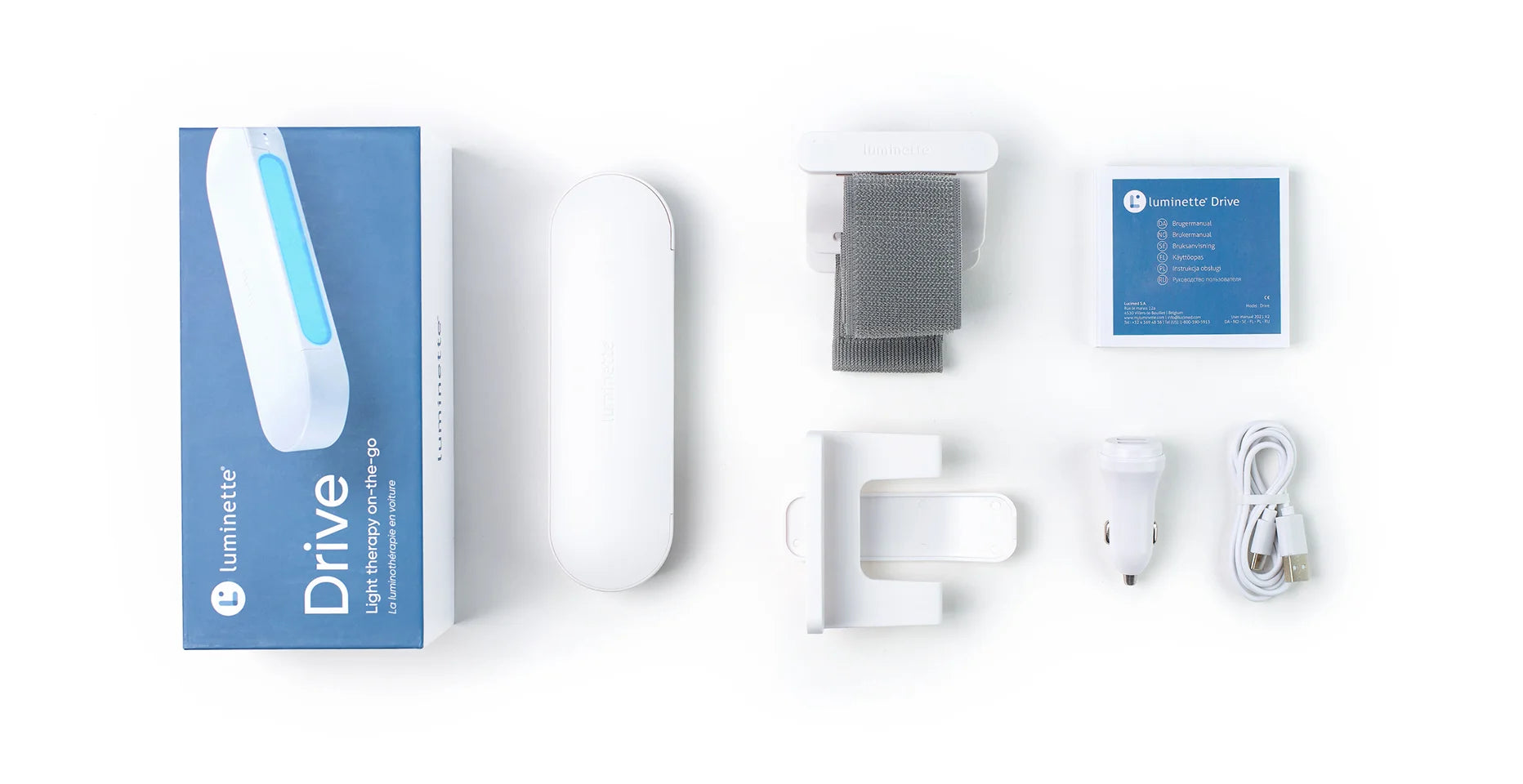

 Please note
Please note


